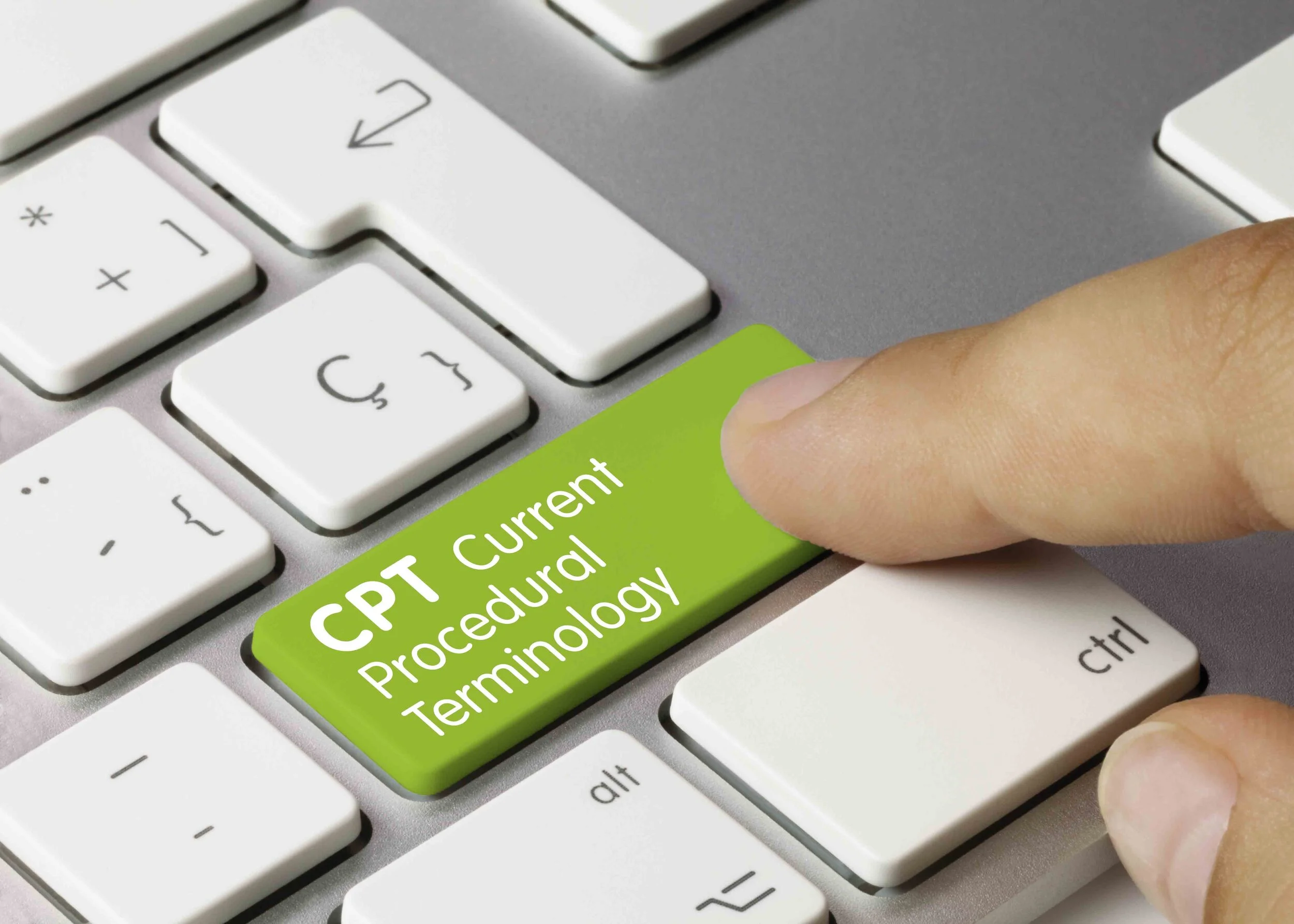The start of the new year brings some big changes for evaluation and management (E/M) coding. These eagerly awaited changes intend to prevent coders from having to enter duplicate and sometimes insignificant information.
Understanding and immediately implementing these changes is imperative to ensure optimal and prompt reimbursement as well as avoiding disruptions to physicians’ revenue cycle management. Note that these changes are applicable only to office and other outpatient E/M codes (99202-99215). All other E/M codes will remain unchanged.
Major E/M changes for 2021 include:
Eliminating history and physical exam codes
Deleting CPT code 99201
Allowing physicians to choose whether their documentation is based on medical decision making (MDM) or total time on date of service
The 1995/1997 guidelines will be replaced by medical decision making (MDM) or total time. Physicians now have the option to select the level of visit using either MDM or total time.
If a physician opts for MDM to determine the E/M code for outpatient visits, factors that will be considered are the number and complexity of problems addresses, the amount and/or complexity of the data reviewed and analyzed and the risk complications and/or morbidity of patient management. In short, MDM is the reflection of complexity in establishing a diagnosis, assessing the status of a condition and/or selecting a management option.
Under the MDM option when selecting an E/M code, documentation is key. All notes should support services rendered. Medicare (or other payers) can do a random audit at any time. Ensuring the documentation can support procedure codes billed is imperative.
If a physician chooses to provide documentation as time, this will be defined as a minimum time – as opposed to a typical time. CPT code 99201 (typical time) has been deleted and is no longer a code selection as of January 1. The time documented represents the total time on the date of service, and only applies when code selection is based primarily on time and not MDM.
The definition of total time in CPT code selection is expanded to include the cumulative time (both face-to-face and non-face-to-face) spent in care of the patient on the day of the visit. This includes time spent reviewing tests; obtaining and/or reviewing separately obtained history; ordering medications; testing or procedures; documenting clinical information in the electronic health record (EHR) or other records; and communicating with the patient, family, and/or caregiver(s).
Here’s an overview of coding for time:
For new patient codes, times begin at 15–29 minutes for CPT code 99202 and then advance in 15-minute increments with 99205 assigned 60–74 minutes.
For existing patients, the time element was removed from CPT code 99211. For CPT code 99212, time for the encounter will be 10–19 minutes. Ten-minute increments are used for codes 99213 and 99214. CPT code 99215 has a 15-minute time frame and is utilized for exams 40–54 minutes in duration.
If these time frames do not reflect enough time to describe the encounter, there is a new code for CPT codes 99205 and 99215 for those reporting based on time. Code 99417 will be used in 15-minute increments when the visit takes longer than the times allowed in the new codes. Prolonged services of less than 15 minutes should not be reported. Code 99417 can be reported multiple times for the same visit. For example, if an encounter takes 90–104 minutes, 99205 should be reported in addition to 99417 being reported twice.
While the new coding requirements may require some adjustment, these fundamental changes are intended to reduce administrative burden and increase the amount of time physicians spend caring for patients. Click here for the American Medical Associations complete list of 2021 code and guideline changes to help prepare your practice for the new year.
Need help navigating the new guidelines? Call Ancient City Medical Billing Services for accurate coding and prompt reimbursement.

